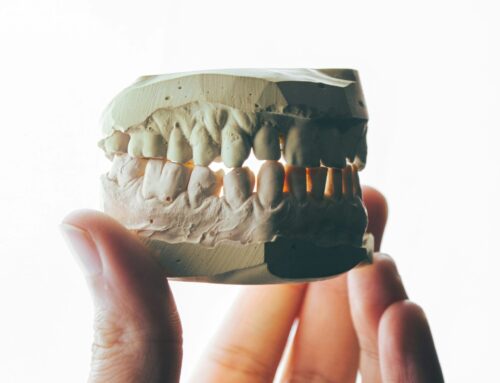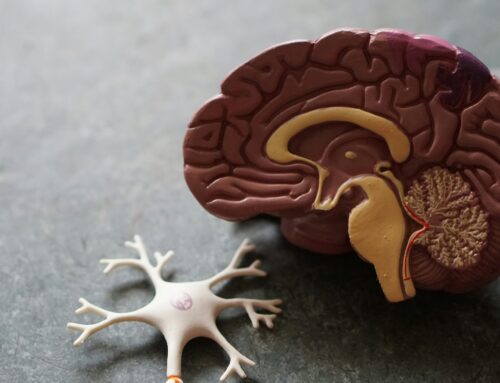Total Knee Replacement: Understanding Your Options
In our last post here and on Instagram, we discussed osteoarthritis in the knee joint. But what if conservative methods no longer suffice? Total knee replacement (TKR) surgery is a procedure used in advanced stages of arthritis to replace the affected joint. During TKR, damaged parts of the knee are replaced with artificial implants to alleviate pain, improve mobility, and enhance the patient’s quality of life. There are various surgical methods for performing TKR, each with its own advantages and disadvantages.
1. Conventional Total Knee Replacement
Conventional TKR is the traditional method of knee replacement. In this procedure, the damaged joint and adjacent bone segments are removed and replaced with implants made of metal alloys and plastic. These implants mimic the natural shape and function of the knee joint. One advantage of this method is its proven reliability and long-term durability. Conventional TKR provides solid stability and long-term pain relief. However, it requires a larger surgical incision, leading to increased tissue trauma and longer recovery times. Additionally, there may be greater blood loss during surgery.
2. Minimal Invasive Total Knee Replacement
Minimal invasive TKR is a more modern technique involving smaller incisions to access the knee joint. This results in less tissue trauma, reduced blood loss, and faster recovery compared to the conventional method. The benefits of this method include shorter hospital stays and quicker return to normal activities. However, since specialized training and skills of the surgeon are required to safely perform the minimally invasive technique, it may not be suitable for all patients.
3. Partial Knee Replacement
Partial knee replacement is a less invasive option where only the damaged part of the knee is replaced while preserving healthy tissue. This may be a suitable option for patients with isolated knee damage, as less healthy tissue is removed. The advantages of this method include faster recovery, reduced postoperative pain, and improved joint function compared to total joint replacement. However, partial knee replacement may result in less joint stability and may not be suitable for patients with extensive arthritis.
Indications for Knee Replacement Surgery
The decision for total knee replacement (TKR) is a significant step for patients with advanced knee osteoarthritis or other severe knee injuries. It is important that this decision is based on a thorough assessment of the patient’s individual situation, taking into account various factors such as symptoms, disease progression, lifestyle, and treatment options. In this article, we will examine the indications for TKR in detail.
1. Severe and Progressive Symptoms:
One of the main indications for TKR is severe and progressive symptoms that cannot be adequately relieved by conservative treatment methods such as medications, physiotherapy, and injections. Typical symptoms include chronic pain, restricted movement, joint stiffness, swelling, and significant limitation of daily activities. These symptoms can significantly impact the patient’s quality of life and independence.
2. Progressive Osteoarthritis:
TKR may also be indicated for patients with advanced knee osteoarthritis, characterized by progressive wear of the joint cartilage. Osteoarthritis is a degenerative condition that over time leads to destruction of the cartilage, resulting in bones in the joint rubbing directly against each other. This can cause pain, inflammation, and restricted mobility. If the osteoarthritis has progressed to the point where it can no longer be controlled by conservative treatment methods and significantly affects the patient’s quality of life, TKR may be considered.
3. Knee Injuries Due to Trauma or Other Conditions:
In addition to osteoarthritis, other causes such as injuries or diseases of the knee can lead to severe damage that may require TKR. These injuries include severe knee injuries such as ligament tears, meniscus tears, or fractures that can cause irreparable damage to the joint. Diseases such as rheumatoid arthritis, post-traumatic arthritis, or avascular necrosis can also lead to advanced joint destruction and necessitate TKR.
4. Impairment of Quality of Life and Functionality:
A crucial factor in the indication for TKR is the impairment of the patient’s quality of life and functionality. If knee complaints are so severe that they significantly impact the patient’s daily activities, such as walking, standing, stair climbing, or participation in social and occupational activities, TKR may be considered to improve knee function and restore quality of life.
Physiotherapy after Knee Replacement Surgery
Physiotherapy plays a crucial role in the rehabilitation after knee replacement surgery. It is an integral part of the postoperative treatment plan aimed at restoring the function of the operated knee, improving muscle strength, increasing mobility, and accelerating overall recovery. Here are some ways in which physiotherapy can help after knee replacement surgery:
1. Early Mobilization:
Physiotherapy often begins immediately after surgery or even on the day of surgery. Through special techniques and exercises, the physiotherapist assists the patient in getting up, walking, and bearing weight on the operated leg early. This helps reduce the risk of complications such as blood clots, breathing problems, and joint stiffness.
2. Restoring Mobility:
After knee replacement surgery, the joint may become stiff and immobile. Physiotherapy includes passive and active movement exercises to improve knee mobility and minimize the formation of scar tissue. Targeted stretching exercises help lengthen shortened muscles and tendons to increase joint flexibility.
3. Muscle Building and Strengthening:
The surgery and associated immobilization can lead to weakness in the muscles around the knee. Physiotherapists develop individual exercise programs to rebuild muscle strength in the operated leg. These include exercises to strengthen the quadriceps, hamstrings, and calf muscles to improve joint stability and increase resilience.
4. Improving Gait:
After knee replacement surgery, the patient’s gait may change to avoid pain or prevent undue stress on the operated knee. Physiotherapists work with patients to improve their gait, restoring a natural and symmetrical walking pattern. This can be achieved through balance and coordination exercises as well as gait training.
5. Pain Management:
Physiotherapists use various techniques to alleviate postoperative pain and reduce inflammation. These may include manual therapy, massage techniques, electrotherapy, cold therapy, and lymphatic drainage. By improving blood circulation and releasing endorphins, physiotherapy can help alleviate pain and improve the patient’s overall well-being.
6. Self-management Guidance:
During physiotherapy, patients receive instructions and training on self-care and self-therapy. This includes exercises and techniques they can perform at home to support their recovery and maximize progress. By strengthening their sense of responsibility and independence, patients can actively promote their recovery process.
Overall, physiotherapy plays a crucial role in optimizing the outcome of knee replacement surgery. It supports rehabilitation, improves joint function, and helps patients restore their mobility, strength, and quality of life. A customized physiotherapy program tailored to the patient’s specific needs and goals is essential for a successful recovery after knee replacement surgery.







Leave A Comment